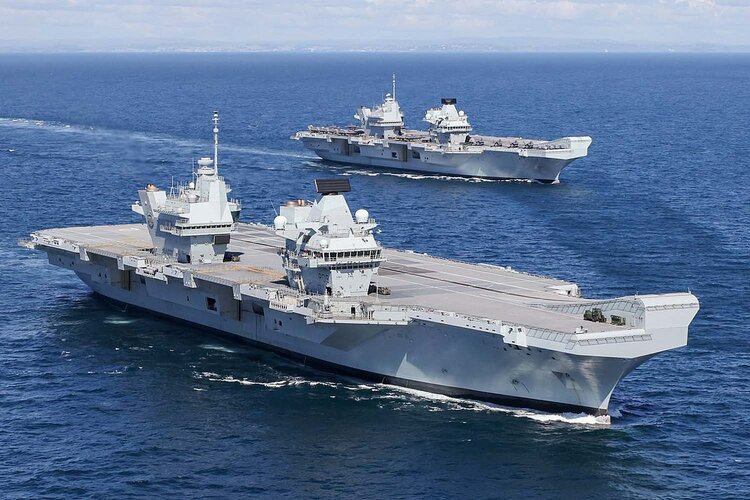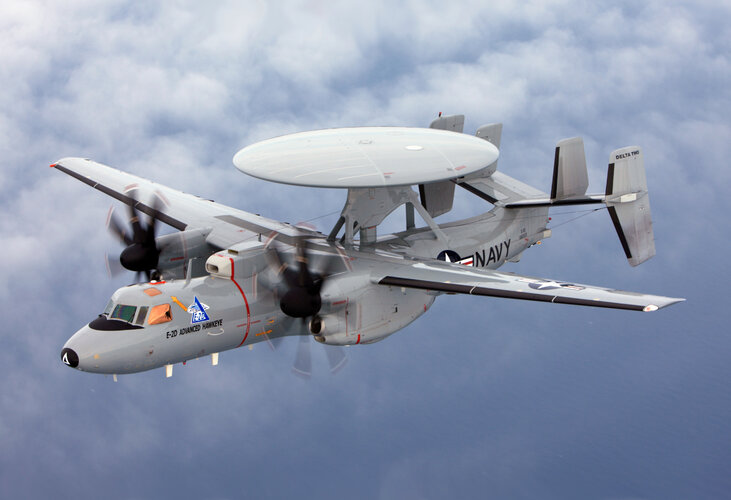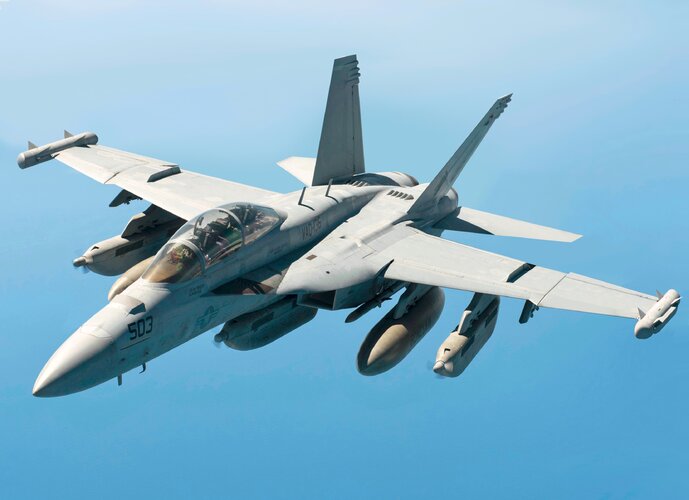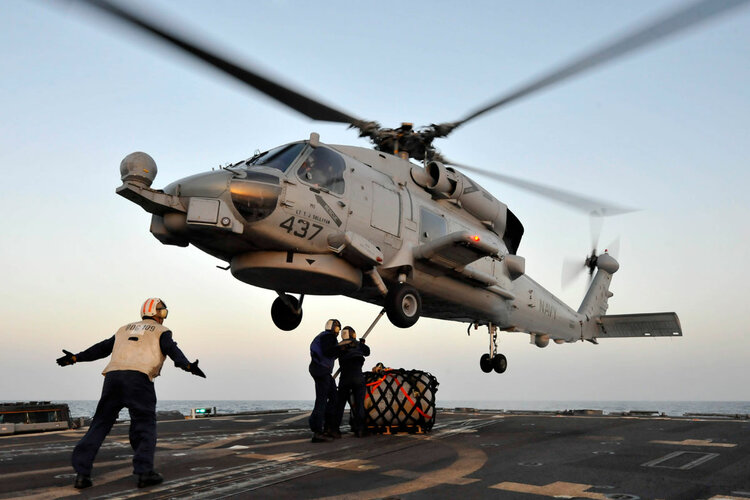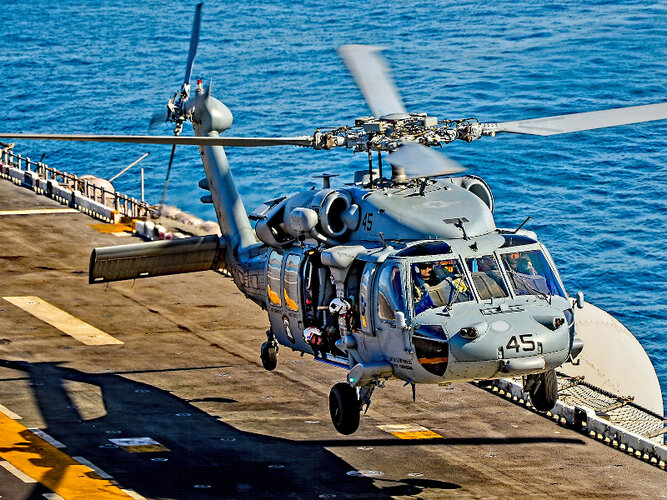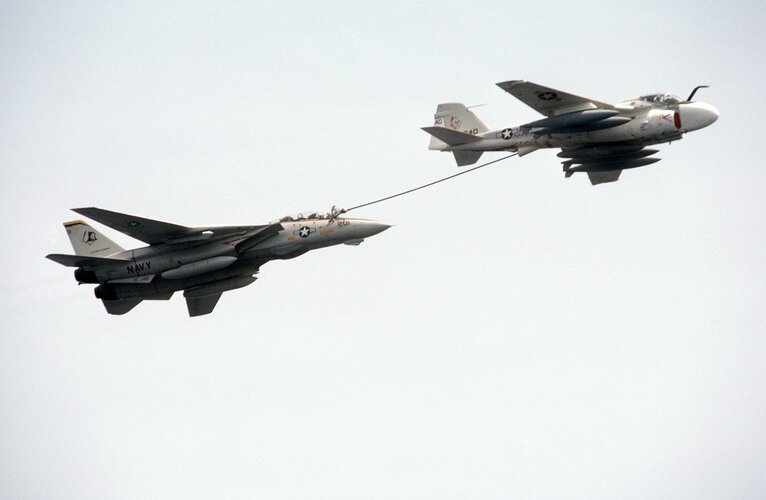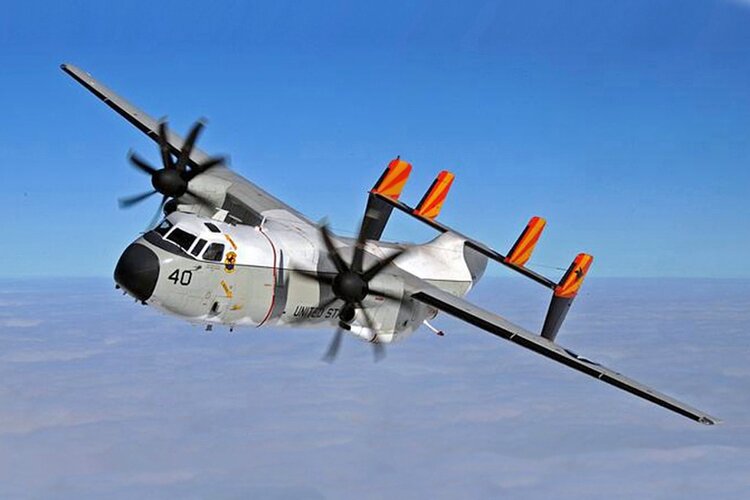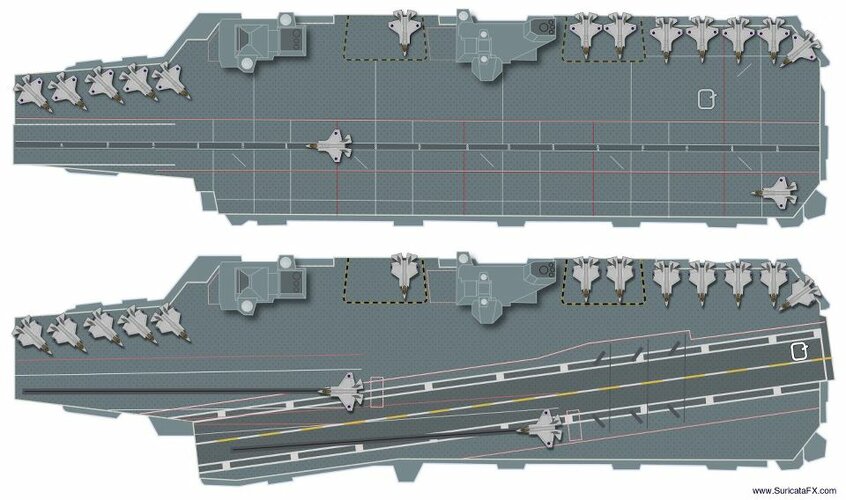JmartinG1226
ACCESS: Restricted
- Joined
- 23 August 2020
- Messages
- 2
- Reaction score
- 4
Much has been said about the drawbacks of the stovl design for the Queen Elizabeth Class carriers. While some of it may be valid. We are now entering the golden age of vtol, electronics, radar, engine, stealth and weapon technology. With the right funding these ships can be future-proofed for the next 60 years. And what was once seen as a compromise solution of stovl can be finally seen as the most efficient/effective way to go about carrier strike.

